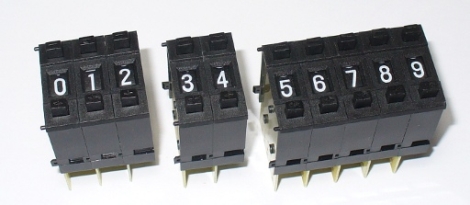
We’ve got to admit, we’re pretty much cheapskates when it comes to buying electronic bits online. Whether its microcontrollers or PCBs, we hate to part with money. So, we were pretty excited to hear that Texas Instruments is dishing out deals two weeks at a time to hackers, makers, and the like.
Several of you wrote in to tip us off to TI’s new site: TI Deals. Basically, they are deeply discounting various products, changing the lineup every two weeks. Now, we were expecting something like 20%-25% off certain items, but so far the TI Deals look pretty sweet. Right now, they are offering the Chronos watch kit for 50% off – which is a pretty nice discount. We’re definitely interested to see what sorts of other things will go on the chopping block in the future.
Thinking of picking up a Chronos watch? Let us know what sort of project you have planned.
If you are on the fence and need a little inspiration, check out these Chronos-based projects we have featured in the past:
Printable gripping rover is wristwatch controlled
Google two-factor authentication in a wristwatch

















